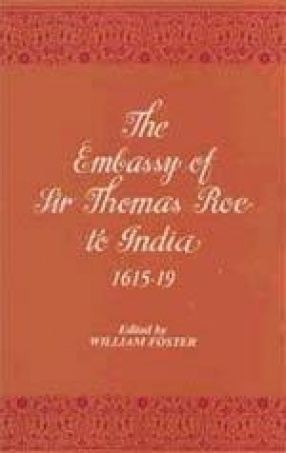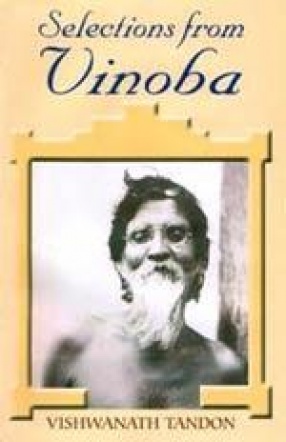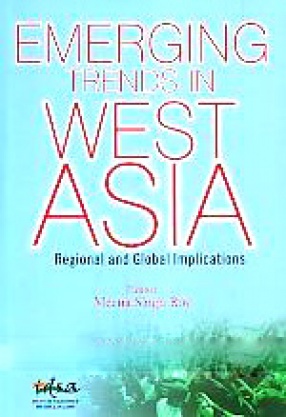This book depicts what the author modestly calls the “domestic side†of the history of the East India Company. It chronicles the origin and development of the celebrated East India House within whose walls “were held the councils by which a chain of trading posts developed into a vast dependency: and under whose portals “passed all the great men whose names are inseparably linked with the transference of India to British ruleâ€. It provides in vivid detail the story of the gradual evolution of the humble, remarkable premises in Leadenhall Street into the stately and sumptuous East India House which took high rank among the “sights of Londonâ€. Against the backdrop of this transformation the author narrates the early struggles of the Company in London to preserve itself from the challenges of rival trading interests as also from the unsettled political and social conditions then prevailing in England. There is a whole chapter, for instance, on the weaver’s riots in London and the clamour for the ban on the import of Indian textiles into England, voiced among others, by Defoe. It describes the relations between the Company and the members of its household which formed an important aspect of the internal organization of the Company, for in the system then in vogue may be discerned the rudiments of various practices which became part of the established order of things in Leadenhall Street and were inherited by the India House. The author deals at length with the careers of several remarkable men associated with the East India House who, outside their official duties won for themselves distinguished places in the annals of the time. Lamb, who heads this list has a chapter for himself. Sauced with anecdotes bearing on his office life, this chapter contains one of the finest portrayals of that sensitive genius who sat :like Philomel all day (but not singing) with my breast against this thorn of a desk†and “served the Philistines: for thirty years and more in the :light-excluding, pent-up offices, where candles for one half the year supplied the place of the sun’s lightâ€. By March 1825 when his resignation was accepted “on account of certified ill-healthâ€, he had left, he claimed, on the dusty shelves of the East India House “more MSS. in folio than Aquinas wrote, and full as usefulâ€. The names of his many friends among the clerks – the “clerkly rulers†as De Quincey called them – appear often in his immortal Essays: Chambers and Plumley, Evans and Bye, who wrote sonnets “most like what we might have supposed Plutarch would have written, if Plutarch had been born a foolâ€. The come James Mill, Peacock and John Mill who in turn headed the Examiner’s Department. The work contains a detailed discussion on the working of this important department which received and digested the bulk of correspondance from the various governments in India and sent out dispatches which largely determined the very contours of the Company’s Indian administration. The museum and the library which dated back from the beginning of the 19th century were important adjuncts of the East India House. The book traces their rapid growth in later years partly through the liberality of the Directors and partly owing to donations made by members of the Company’s service. Reinforced, after its removal to the India Office by fresh donations and purchases, the library today stands unrivalled on its Oriental side, not to speak of the thousands of books in European languages. Written in his inimitable anecdotal style and based on original documents about which none perhaps knew more than the author who was official historiographer to the India Office, East India House is a masterly treatment of an important aspect of the long history of the East India Company.

The East India House: Its History and Associations
In stock
Free & Quick Delivery Worldwide
reviews
Bibliographic information
Title
The East India House: Its History and Associations
Author
Edition
1st ed.
Publisher
Length
xii+250p., Plates; Index; 22cm.
Subjects






There are no reviews yet.